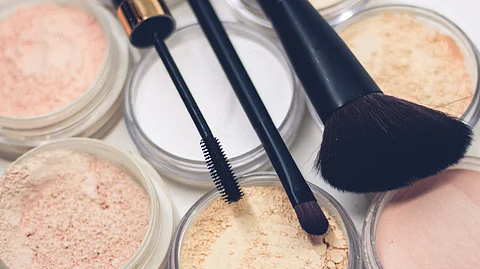Cosmetic companies may soon face stricter requirements to ensure their talc-containing products are free of asbestos, following a newly proposed federal rule by the U.S. Food and Drug Administration (FDA). Announced on December 27, 2024, and mandated by Congress, the proposal aims to reassure consumers about the safety of personal care products such as makeup and baby powder.
This initiative stems from years of litigation against companies like Johnson & Johnson (J&J), alleging links between talc-based products and cancer.
Exploring the Link Between Talc and Cancer:
Talc, a mineral widely used in cosmetics to absorb moisture and enhance texture, is sometimes mined near asbestos deposits. Asbestos, a known carcinogen, can contaminate talc during mining. While concerns about this risk have been recognized for decades, research has provided inconclusive evidence of a direct link between talc and cancer.
FDA testing since 2021 has analyzed over 150 talc-containing cosmetic samples and found no asbestos. However, ongoing concerns prompted Congress to pass legislation in 2023 requiring the FDA to establish industry standards for asbestos testing in talc products.
New Testing Standards:
The FDA's proposed rule introduces rigorous testing protocols to identify asbestos in talc products. It recommends analytical methods such as Polarized Light Microscopy (PLM) and Transmission Electron Microscopy (TEM), which utilize advanced technologies like energy-dispersive spectroscopy and electron diffraction. Manufacturers have the option to submit a certificate of analysis obtained from their talc suppliers.


